Essential Guide to Central Venice Neighborhoods with Kids
- February 20, 2020
- 11 Min Read
With cobbled sidewalks, pedestrian streets, canal views and hundreds of bridges, Venice neighborhoods seem tailor-made to enchant kids. For many families, though, the unfamiliar terrain can be both dreamy and daunting. This magical floating city is made up of more than 117 islands, and it’s hard to know where to start. So where is the best area to stay in Venice? Let’s take a closer look at the options.
Venice is divided into six neighborhoods, collectively called sestieri (or sixths). Much like the arrondissements in Paris, each sestiere has its own flavor. The Grand Canal divides the parts of Venice in half: Cannaregio, San Marco and Castello to the north; Santa Croce, San Polo and Dorsoduro to the south.
We’ve prioritized the different sestieri so you can start with the major Venice attractions for kids and continue on as time allows. By breaking Venice into neighborhoods, it’s also easier get a feel for which one you’d like to call home during your holiday. The CB! Hotel Collection has a variety of Venice hotels for families across these sestieri to suit a range of needs and budgets, or request in-depth help from our expert Family Vacation Advisors.
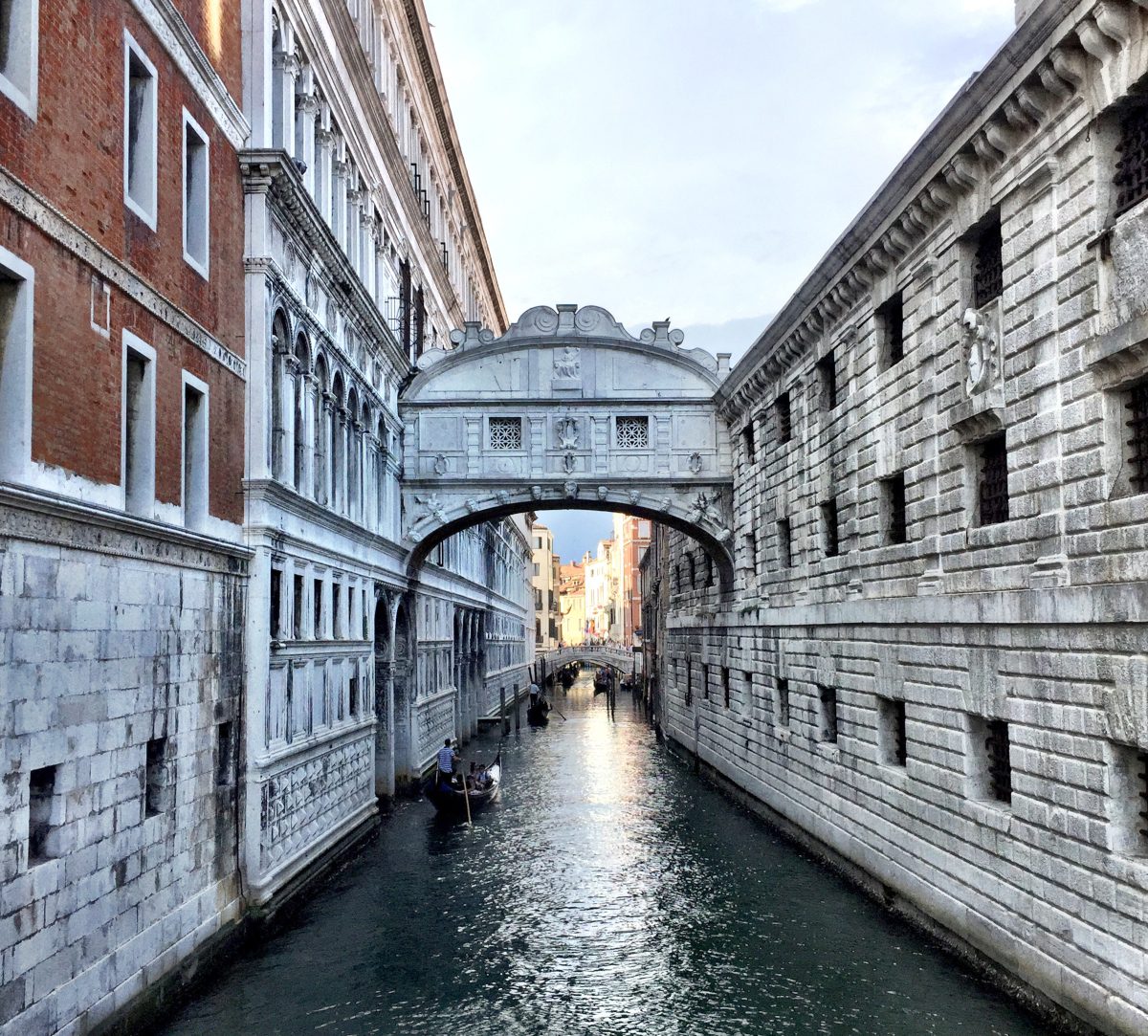
Best Venice Neighborhoods to Explore with Kids
San Marco
In a nutshell: San Marco is the sestiere most visited by tourists and one of the most popular places to stay in Venice. It is the heart of the city and home to most of the things to do with kids. It’s often where you’ll find your family exploring first upon arriving in Venice.
Must-see sights: Piazza San Marco, Basilica San Marco and its Campanile (Bell Tower), Doge’s Palace, Bridge of Sighs, Teatro La Fenice
With younger kids: Go early in the day to St. Mark’s Basilica to avoid the crowds. Enjoy the majesty of the church, and challenge the kids to a game of seek and find (can they spot a lion with wings?) to keep them engaged. Then take the elevator — no steps! — up the Campanile for beautiful 360-degree views over Piazza San Marco and all of Venice. Take time to let the kids run around the piazza, and then check out the Bridge of Sighs, which connects the city’s ancient prison with the interrogation rooms in the Doge’s Palace. Its name comes from the fact that the view over the canal was the last wistful glimpse of Venice that convicts would get before they entered prison.
TIP: Parents, legend has it that if you kiss your sweetheart under the Bridge of Sighs, you will be sealed with eternal love. Just don’t let the kids see you (eww, Mom).
With older kids and teens: To the itinerary above, add a visit to the Doge’s Palace. Families with teens should consider the Secret Itineraries tour, which offers access to some of the most private rooms and chambers where work of the Venetian administration took place. Book this well in advance.
School-age children might be tempted by the Palace with a Tale to Tell or A Book in Stone tours (again, book ahead). These use games, clues and interactive play to bring the palace to life. If everyone is still going strong afterward, consider Teatro La Fenice, a grand opera house that figures prominently in the history of Italian theater. The interior is stunning, and you may even get a chance to watch a rehearsal in progress.
For kids interested in gondola craftsmanship, peek into the workshop of Paolo Brandolisio, who specializes in creating Venice’s unique curvy oarlocks and oars. Those looking to soak up more local atmosphere and watch Venetians go about their day might enjoy the Campo Santo Stefano or Campo Sant’Angelo city squares.
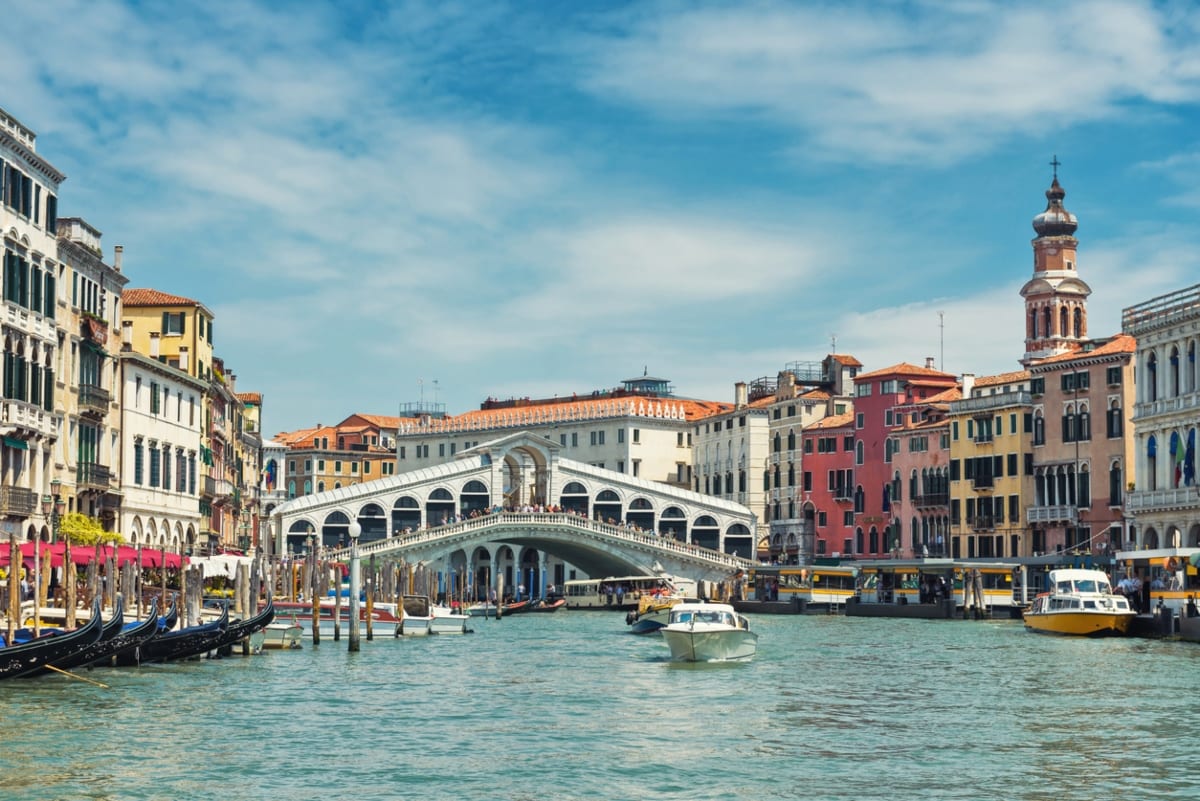
San Polo
In a nutshell: San Polo is a compact district with some busy areas, but plenty of charming squares, a pleasing atmosphere and an array of shops, restaurants and bars.
Must-see sights: Rialto Bridge, Rialto Markets, Santa Maria Gloriosa dei Frari, Scuola Grande di San Rocco
With younger kids: Start with the famed Rialto Bridge, which connects San Polo and San Marco. Completed in 1531, it’s the oldest bridge across the Grand Canal and features two rows of shops along its span. Take some photos and linger as you shop for souvenirs. Next up, wander the Rialto Markets (open early in the day) for a colorful variety of produce and the famous fish market at Campo della Piscaro. If you’ve worked up an appetite, enjoy a pizza outside in the large Campo San Polo at Birraria La Corte.
With older kids and teens: Continue on with a visit to Scuola Grande di San Rocco — one of the “Grand Schools” of Venice founded as religious and charitable organizations for laypeople — which is filled with masterpieces by Tintoretto. Feeling peckish? Stop into Impronta Café, which offers a range of small options from morning until night, before ducking into the magnificent Gloriosa dei Frari church. It’s filled with notable Renaissance artwork, including masterpieces by Titian, who is buried here.
Too busy to plan? We've got you covered.
Send us a quick inquiry, and we’ll pair you with an expert Travel Advisor who can handle all your trip details: a custom-designed itinerary, private guides and experiences, and vetted accommodations, often with valuable perks to pass along. Click to get started!
Venice’s campi (literally, fields), where cattle used to graze, are now open-air squares that give the city much of its flavor. With more than 20 sprinkled throughout the city, there is usually one nearby – and 11 in San Polo alone. In the late afternoon, sit outside in a campo, have an aperitif and let the kids run around or play soccer with the locals. San Polo is also home to a row of alfresco restaurants and bars overlooking the Grand Canal between the Rialto Bridge and Markets … a perfect place to let the time slip away.
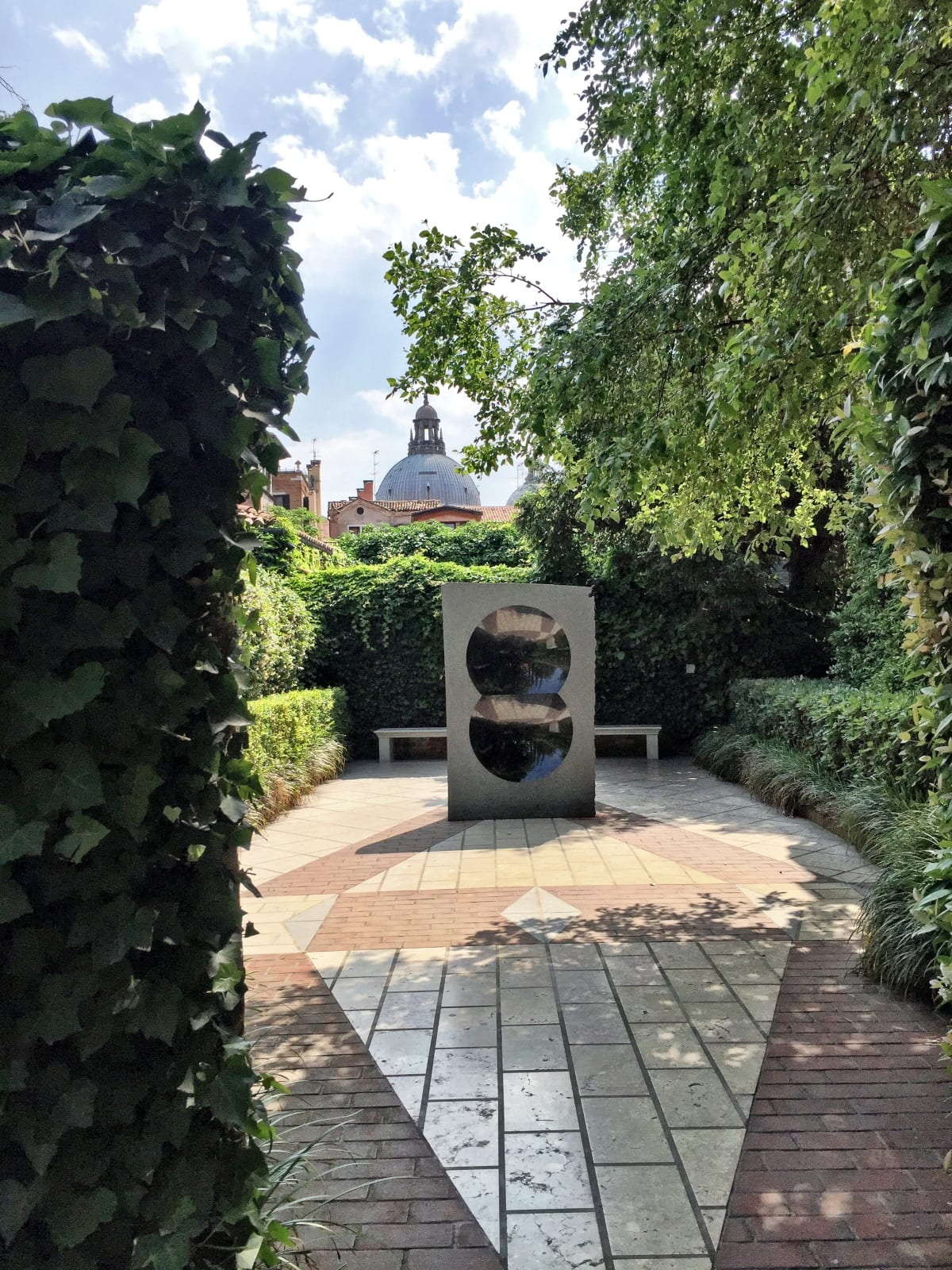
Dorsoduro
In a nutshell: Dorsoduro, located across the Accademia Bridge from San Marco, is relaxed, fun and young. It is home to Ca’ Foscari University of Venice as well as art museums like the Guggenheim art collection, and has plenty of nightlife.
Must-see sights: Gallerie dell’Accademia, Peggy Guggenheim Collection, Santa Maria della Salute
With younger kids: Start at the Peggy Guggenheim Collection, located along the Grand Canal, which is small enough to be enjoyed by all and has a sculpture garden where little ones can run. The former palazzo was Ms. Guggenheim’s home and houses her modern art collection, which is world-renowned. She is buried in the garden along with her dogs. Afterward, head east to Santa Maria della Salute, a picturesque church located across the Grand Canal from St. Mark’s — one of Venice’s most photographed spots. In the afternoon, stroll along the Zattere, a long promenade spanning Venice’s southern shore. On the way, try to catch a glimpse of the gondolas being made at the squero di San Trovaso, a small gondola boatyard that has been here since the 1600s. It is closed to the public, but is worth a peek, as it is one of the few remaining boatyards in all of Venice.
With older kids and teens: The Accademia is Venice’s biggest art museum and older kids will be more apt to appreciate masterpieces by Titian, Tintoretto, Canaletto and countless others. Take a rest in the afternoon, as Dorsoduro is the spot for Venice nightlife (places around Piazza Margherita, such as the wonderful Gelateria Il Doge, stay open later than most anywhere else in town). For cichetti, or small bites, consider popular and reasonably priced Gia Schavi. Indiana Jones fans may want to stroll through Campo San Barnaba, recognizable as a film location in Indiana Jones and the Last Crusade.
TIP: Many families choose lively Dorsoduro as a home base. It grows more inviting the closer you are to Campo Santa Margherita (near Ca’ Foscari).
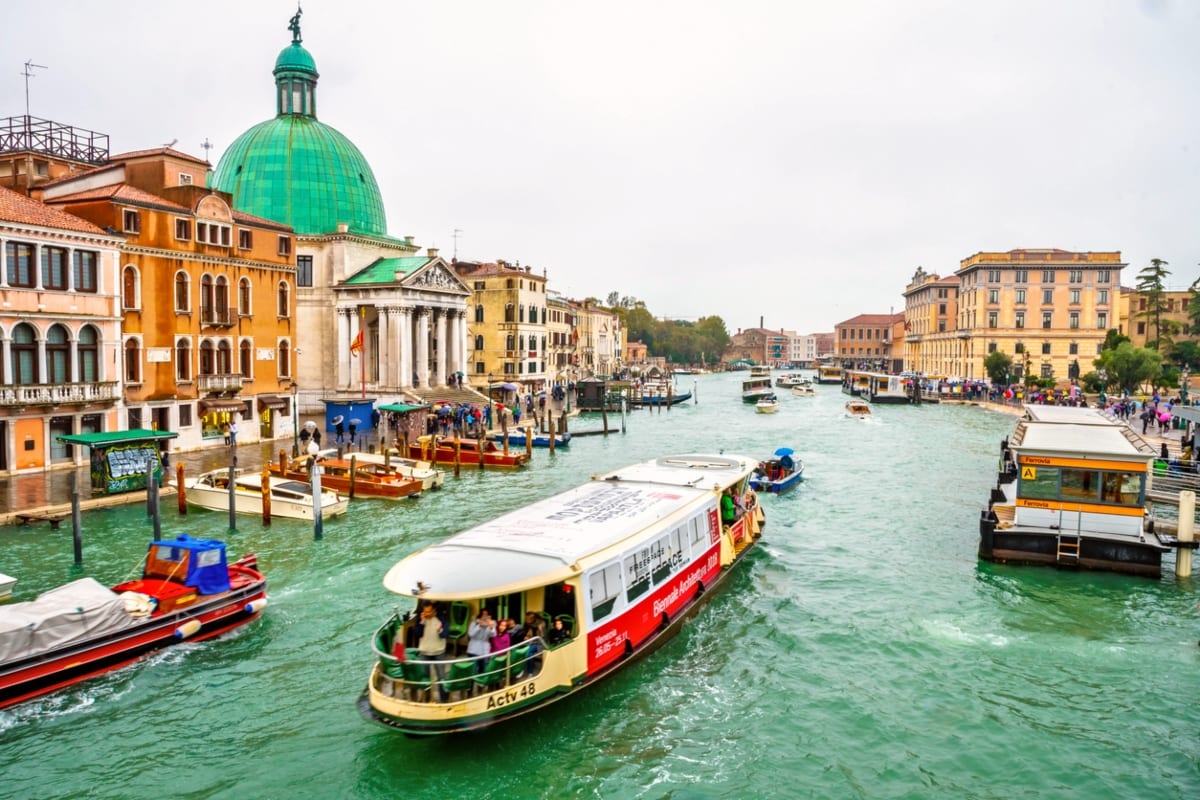
Santa Croce
In a nutshell: Santa Croce is the oldest sestiere and not very touristy, although it does include one of the busiest spots in the city: the bus station at Piazzale Roma.
Must-see sights: Santa Croce is about charming squares and hidden waterways, rather than big attractions. Giardino Papadopoli, a public park and garden near Piazzale Roma, includes a playground and is a nice spot for kids to stretch their legs. The Museum of Palazzo Mocenigo and Ca’ Pesaro can be worthwhile stops as well.
With younger kids: Santa Croce and San Polo blur together a bit because of their proximity and are easily explored in tandem. Soak up the local ambiance with a visit to Campo San Giacomo dell’Orio, then stop in Majer just off the square for a coffee, gelato or swan-shaped cream puff. For a break from churches and art, check out the Museum of Palazzo Mocenigo. Home to an influential Venetian family in the 18th century, this grand palazzo also has displays of period clothing and perfume. This is a good stop if you are looking for something short and sweet, as you will only need about an hour here.
With older kids and teens: School-age and older children might enjoy two programs at Palazzo Mocenigo that reveal aspects of life in Venice in the 18th century: What Goes Into – And Under – A Garment; and Hunt the Perfume (schedule these in advance). Art enthusiast families with energy to spare will enjoy Ca’ Pesaro, a baroque palace that houses Venice’s Museum of Modern Art and its Oriental Art Museum. Modern highlights include works by Chagall, Matisse and Klimt.
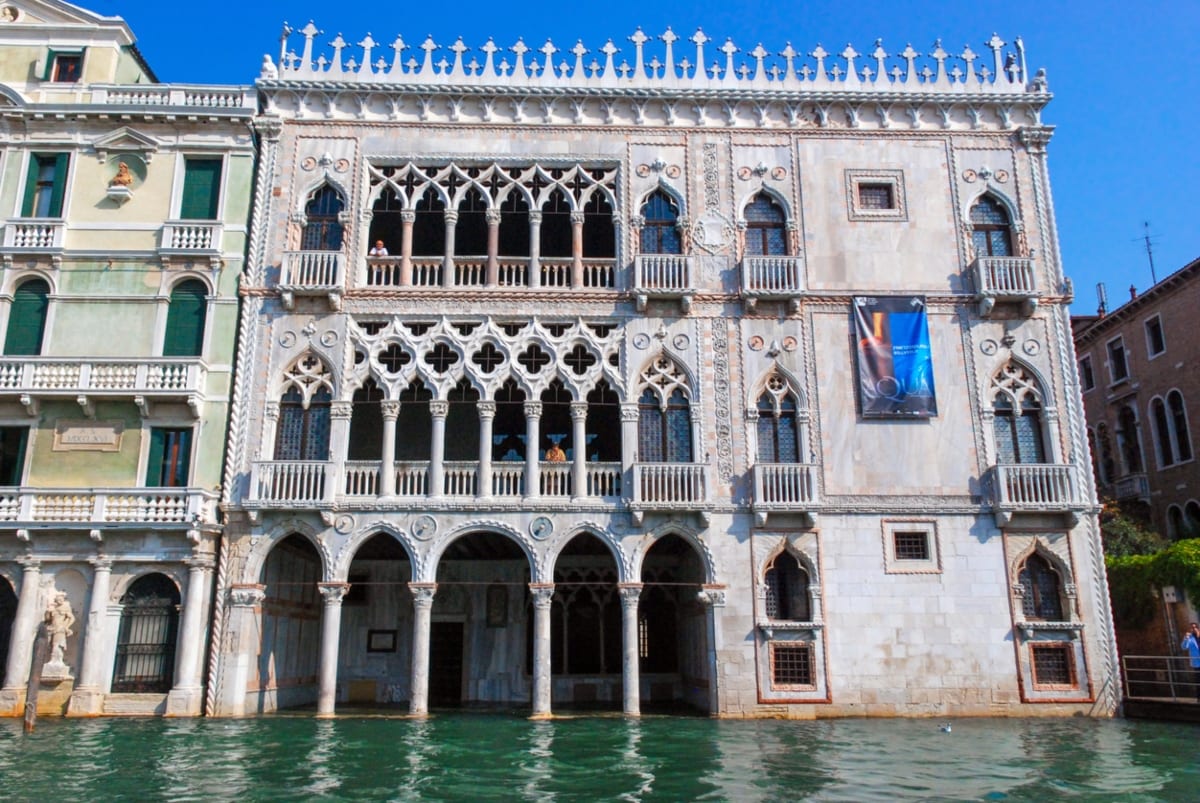
Cannaregio
In a nutshell: Cannaregio is the largest and northernmost sestiere, spanning from Santa Lucia train station to Rialto Bridge. It connects the Venice lagoon with the Grand Canal and, though busier by canal, is primarily low-key and residential.
Must-see sights: Jewish Ghetto (Il Ghetto), Ca d’Oro. This area is also noted for its shopping and restaurants.
With younger kids: Take a walk around Il Ghetto, famously noted in Shakespeare’s Merchant of Venice — the small neighborhood where all Venetian Jews were forced to live from the 16th to 18th centuries. Wander along the Fondamenta della Misericordia, a quaint canalside walkway filled with bars and restaurants. Then make your way to Ca d’Oro to admire one of the grandest palazzos on the Grand Canal. Finally, seek out Calle Varisco, which at only 53 centimeters wide is one of the world’s narrowest streets.
With older kids and teens: Consider booking a walking tour of the Jewish Ghetto. After Il Ghetto, visit the Museo Ebraico de Venezia (Jewish Museum) or stop into kosher restaurant Gam Gam for a taste of Italian and Israeli food or a quick bakery snack. In the afternoon, consider a gondola ride or a gondola rowing lesson, often a highlight for ages 8 and up. If time allows, pop into Santa Maria dei Miracoli, a Renaissance-era marble church, considered by many to be one of the prettiest in Venice.
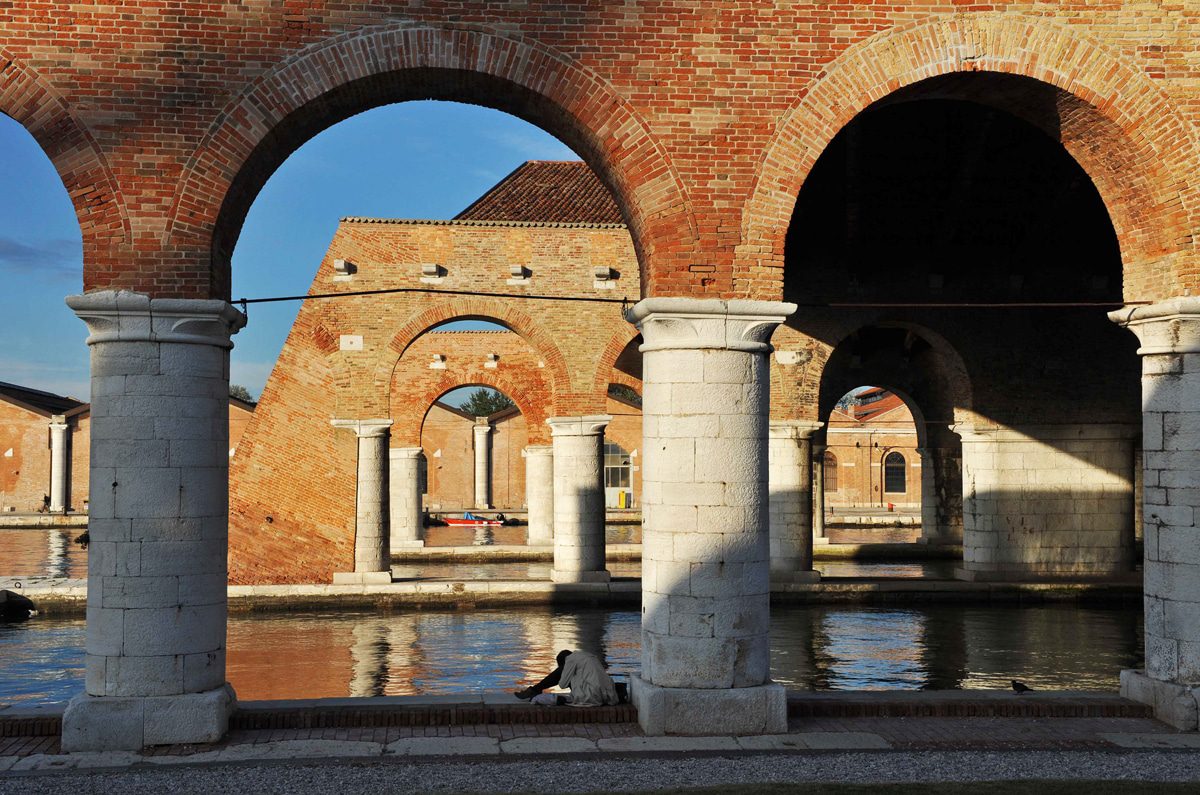
Castello
In a nutshell: Castello is a bit of a mixed bag. The western portion is busier and more tourist-focused, while the eastern section is quite residential.
Must-see sights: Arsenale, Campo Santa Maria Formosa, Museo Storico Navale, Giardini della Biennale (public gardens)
With younger kids: The Giardini are home to the National Pavilions for the Art Biennale, held in odd years. Linger and enjoy the fantastic views across the canal towards St. Mark’s Square. Next up is Venice’s naval history museum, Museo Storico Navale, filled with artifacts from Venice’s maritime history (including more gondolas). Then walk towards Arsenale, Venice’s historic shipyard, which gave rise to our modern word ‘arsenal.’ It isn’t often open, but is worth walking by to see from the outside.
With older kids and teens: Explore deeper with a visit to Santi Giovanni e Paolo, one of the most important churches in Venice, and then wander toward Campo Santa Maria Formosa. The crowds will continue to grow as you get closer to the Grand Canal and Piazza San Marco, particularly Riva degli Schiavoni, which will be thick with tour groups.
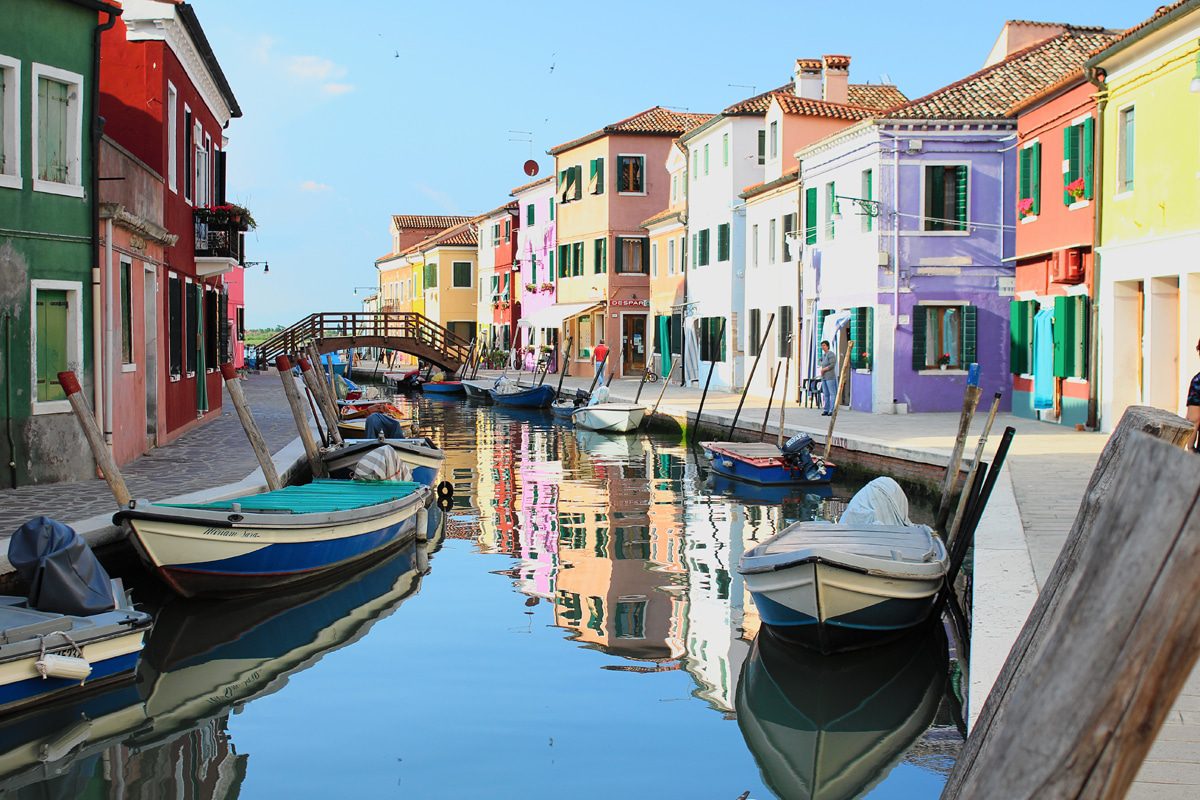
Farther Afield
The Venice Lido is a 12-kilometer barrier island between the Adriatic and the Venice Lagoon. It is home to the Venice Film Festival each September and offers an enticing alternative from the regular Venice tourist path with its natural beauty and beaches. Giudecca (technically a part of Dorsoduro, but its own island) is a former fishing village that had become filled with gorgeous homes by the 19th century. The vibe on Giudecca is simple, local and relaxed; it’s only a three-minute vaporetti ride from the heart of Venice, so visitors might enjoy a quick stop here and lunch at local favorite La Palanca. The chic Belmond Hotel Cipriani — a Ciao Bambino favorite! — might make you forget about venturing into the city altogether (it also boasts the only swimming pool in central Venice).
The island of Murano is known for its artisans, specifically those creating world-renowned blown glass. Older kids might enjoy the Venice Glass Museum, which also offers glassblowing demonstrations (check the website for booking and times). Another island known for its craftsmanship, in this case handmade lace, is the fishing-centric village of Burano. Pair a visit to Murano with a stop in Burano for lunch and a visit to the Lace Museum. Our clients often tell us their kids loved day trips out to these islands as a nice respite from the hustle and bustle of Venice itself.
Mestre is the mainland town connected by rail and road bridges to Venice. Although it is certainly cheaper than staying in Venice proper, we highly suggest skipping it. Nothing about Mestre is special and you will miss out on the charm of Venice by staying here.
Each of these locations can easily be accessed by vaporetti (water buses) or water taxis.
Essential Tips for Exploring Venice with Kids
• Finding an address can be tricky in Venice, as houses are numbered by sestiere and not by street. The easiest way to orient yourself is by proximity to a well-known landmark.
• If you plan to visit the Doge’s Palace, museums and churches, consider the Venezia Unica card, which offers one package rate for many top sights. There are also options that include a vaporetti (water bus) pass and there is separate pricing for children and adults.
• Cichetti are typically served in bacari (cichetti/wine bars) in Venice. Think of cichetti as Venetian tapas — a great way to try lots of different things without committing to a full meal. Many feature vegetables, seafood and meats atop a piece of bread, but croquettes are always a crowd pleaser. Bacari are often quite small and cichetti may be eaten while standing around a bar, so keep that in mind (especially with young kids). One to try: Al Merca in San Polo, which has an outdoor area that makes it ideal for a quick meal.
• Gondolas are one of the most recognizable images of Venice, and no trip to Venice is complete without a (pricey) ride. There are about 400 gondolas in service and all are for tourist use. Make sure to check out the six horizontal lines on the curved ferro, or hood ornament, representing the six sestieri of Venice.
There are plenty of gondola stations all over town. Take your time and chat with a few gondoliers before you accept a ride to ensure a great overall experience. Many gondoliers provide some narration, so this quick interaction will help you determine if you are pleased with the gondolier’s language skills and personality. Make sure to confirm the route and price, typically higher at night, before you depart; then relax and savor the moment (or watch your kids take selfies). It is customary to pay at the end of the trip and tipping is always appreciated for a good journey.
• For all of the planning and mapping, some of your family’s most magical moments in Venice will be found by simply wandering, getting a little lost and soaking up the essence of the city. There’s a reason it’s a family travel favorite. Buon viaggio!
Relevant Links:
Browse all family-friendly accommodations and things to do in Venice on Ciao Bambino
52 things to know before traveling to Italy with kids
Visiting Venice with kids: Expert tips for getting off the beaten path
Hotel Londra Palace: An elegant Venice retreat overlooking the Grand Canal
Editor’s note: This post was accurate when published. We advise checking independently for the latest information and updates. Ciao Bambino does not accept responsibility or liability for any errors or omissions in, or for any actions taken based on, the information presented.


 travel recommendations, inspiring adventures, and exclusive travel offers
travel recommendations, inspiring adventures, and exclusive travel offers
Dorsoduro is my favorite of the sestiere. The Peggy Guggenheim Collection is superb and there’s so little crowding in that area compared to San Marco.
I enjoyed reading this! We were in Venice with the kids (4 and 6 y.o) earlier in the year and stayed in Cannaregio. It was the perfect area for us and the Jewish ghetto is really interesting! We did a treasure hunt for the kids not far from San Marco and that was brilliant too although as you say, that area does get very crowded, especially at certain times